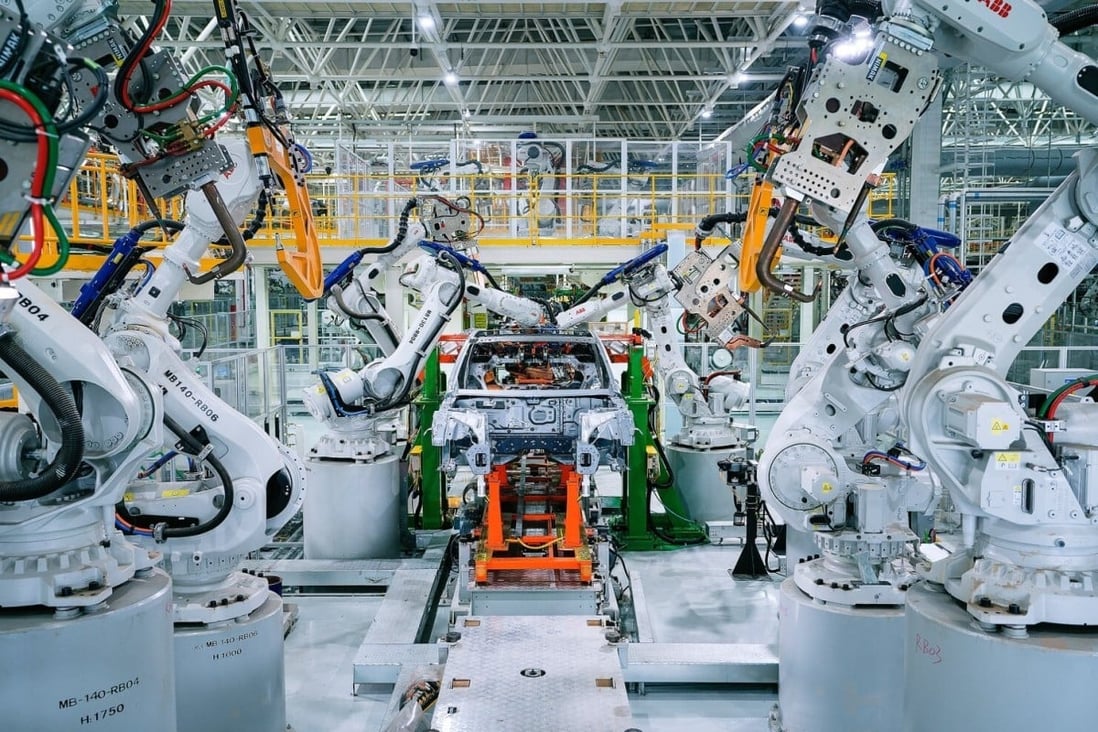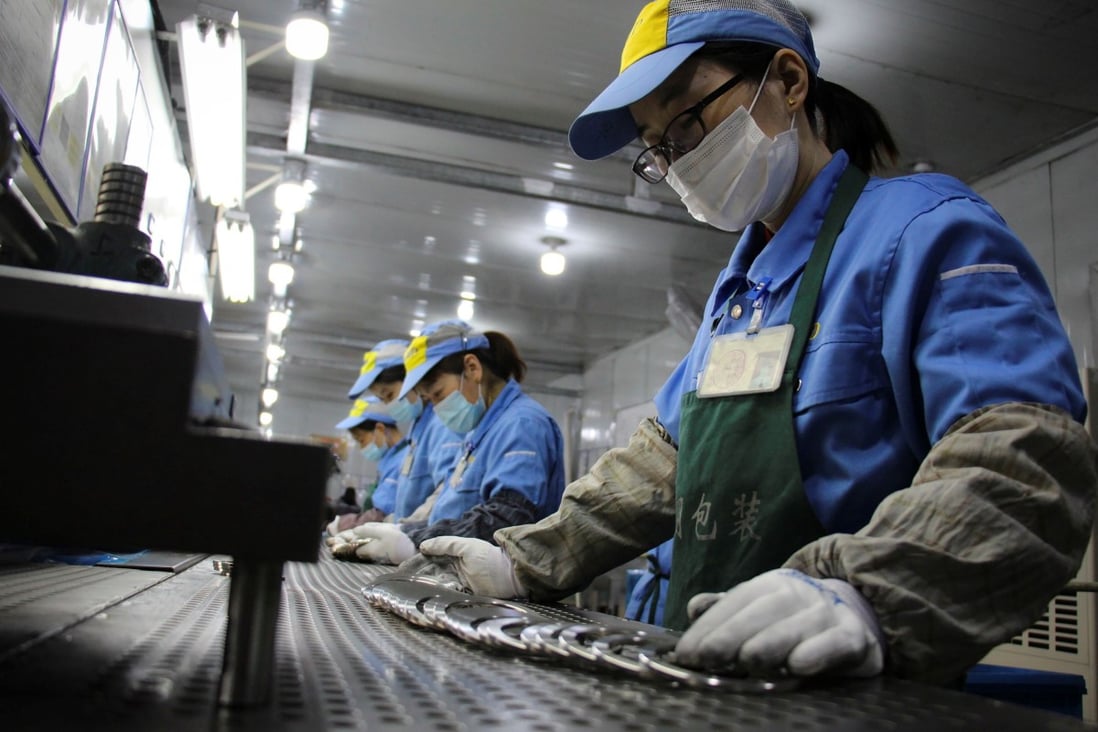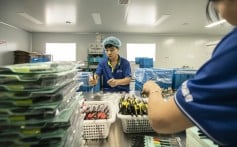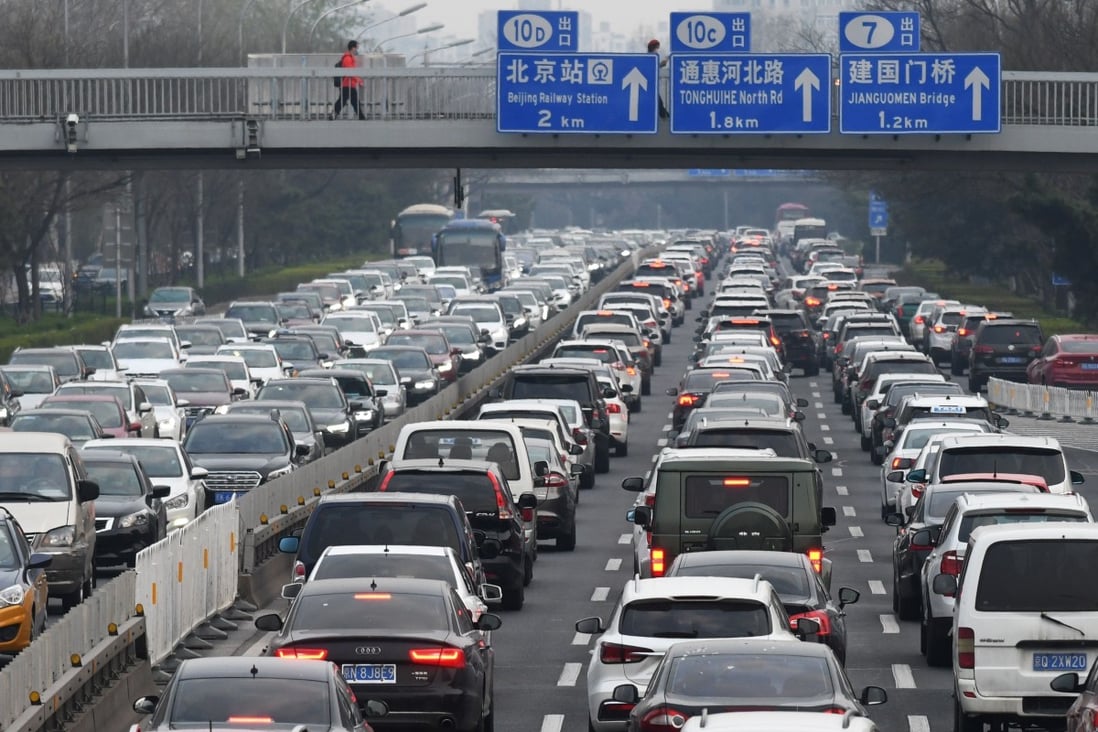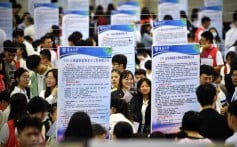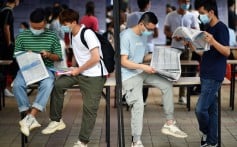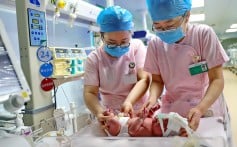
Improved diagnosis and treatment approaches have helped reduce cancer deaths in the United States, according to a new analysis. Photo by klbz/Pixabay
Jan. 12 (UPI) -- Deaths from cancer in the United States fell 31% between 1991 and 2018, according to an analysis published Tuesday by the American Cancer Society.
However, the report estimates that this year, nearly 1.9 million people will be diagnosed cancer and more than 600,000 will die from the disease.
The estimates are based on currently available data on cancer incidence and mortality from 2018 and do not account for the impact of the COVID-19 pandemic, the society said.
"The impact of COVID-19 on cancer diagnoses and outcomes at the population level will be unknown for several years because of the time necessary for data collection, compilation, quality control and dissemination, report co-author Rebecca Siegel said in a statement.
RELATED For many cancer patients, diagnosis carries psychological 'silver lining'
"We anticipate that disruptions in access to cancer care in 2020 will lead to downstream increases in advanced stage diagnoses that may impede progress in reducing cancer mortality rates in the years to come," she said.
Cancer remains the second-leading cause of death in the United States, even though an estimated 3.2 million deaths have been averted from since 1991 thanks to reductions in smoking, earlier diagnosis and enhanced treatment, according to the report.
Significant gains have been made in four of the deadliest and most common cancer, namely lung, breast, colorectal and prostate, the report found.
RELATED Study: Coffee reduces risk for prostate cancer
Although lung cancer is still the most common cause of cancer death nationally, death rates for the disease fell 2.4% annually between 2009 and 2013 and 5% annually between 2014 and 2018, the data showed.
As a result, lung cancer accounted for 46% of the overall decline in cancer mortality between 2014 and 2018 and spurred a record single-year drop of 2.4% between 2017 and 2018, Siegel and her colleagues found.
The reductions likely reflect better treatment for the most common subtype non-small cell lung cancer, which has seen survival rates improve by up to 25% since 2010.
RELATED Oral sex frequency, number of partners linked to HPV-related cancer risk in study
For all stages combined, survival is the highest for prostate cancer, at 98%; melanoma, 93%; and female breast cancer, 90%, the report found.
Survival is lowest for pancreatic cancer, at 10%; liver cancer, 20%; cancer of the esophagus, 20%; and lung cancer, 21%, the data showed.
Colorectal cancer overtook leukemia in 2018 as the second-leading cause of cancer death in men age 20 to 39.
In addition, about 11 people per day died of cervical cancer in 2018, roughly half of whom were 60 or younger, the data showed.
Cancer is the leading cause of death in Hispanic, Asian American and Alaska Native persons, the researchers said.
Although the Black-White disparity in overall cancer death has declined, the five-year survival rate for all cancers combined between 2010 and 2016 was 68% in White patients versus 63% in Black patients.
Survival rates are lower for Black people than for White people for every cancer type except pancreas, researchers said.
"It is concerning to see the persistent racial ... disparities for highly preventable cancers," Dr. William G. Cance, the American Cancer Society's chief medical and scientific officer, said in a statement.
"There is a continued need for increased investment in ... clinical research to create more advanced treatment options to help accelerate progress in the fight against cancer," he said.
For all stages combined, survival is the highest for prostate cancer, at 98%; melanoma, 93%; and female breast cancer, 90%, the report found.
Survival is lowest for pancreatic cancer, at 10%; liver cancer, 20%; cancer of the esophagus, 20%; and lung cancer, 21%, the data showed.
Colorectal cancer overtook leukemia in 2018 as the second-leading cause of cancer death in men age 20 to 39.
In addition, about 11 people per day died of cervical cancer in 2018, roughly half of whom were 60 or younger, the data showed.
Cancer is the leading cause of death in Hispanic, Asian American and Alaska Native persons, the researchers said.
Although the Black-White disparity in overall cancer death has declined, the five-year survival rate for all cancers combined between 2010 and 2016 was 68% in White patients versus 63% in Black patients.
Survival rates are lower for Black people than for White people for every cancer type except pancreas, researchers said.
"It is concerning to see the persistent racial ... disparities for highly preventable cancers," Dr. William G. Cance, the American Cancer Society's chief medical and scientific officer, said in a statement.
"There is a continued need for increased investment in ... clinical research to create more advanced treatment options to help accelerate progress in the fight against cancer," he said.

